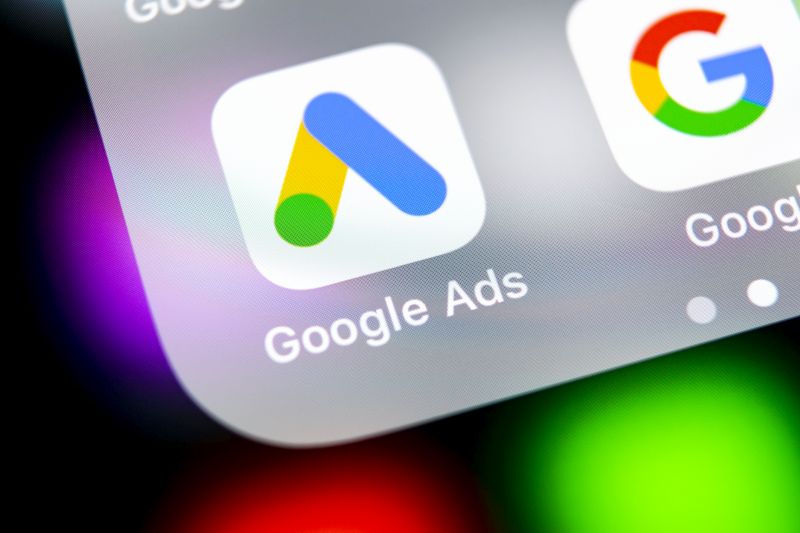As a new business in search of brand awareness, the digital advertising platform used has a significant impact on its growth and success. The general idea is to push ads where the right target audience hangs out and where your campaign’s goals are met—leading to a significant Return on Ad Spend (ROAS).
But finding the right advertising platform in this digital age is easier said than done. There’s a myriad of possible options, the digital marketing best practices continue to evolve, and the internet/social circles are crowded with all sorts of suggestions.
What Determines/Characterizes the Right Advertising Platform?
Demographics: The whole point of any marketing campaign is to get a particular message in front of the target audience. With this in mind, it’s apparent for a business to prioritize its audience’s needs/characteristics and their stage in the sales funnel by finding a platform where they’re well represented.
Product/Business Type: The business model and products sold determine the direction a marketing campaign will take and the platform that best serves the purpose. Different products perform differently from one platform to another.
Marketing Resources: How much time, energy, and marketing funds are available—and how much is needed in each advertising platform? Think about the design work, copywriting needs, quality of graphics, ad placement cost, and video content.
Purchase Intent: Each user logs into an online platform with a specific goal in mind. Some potential advertising platforms such as Google Ads enjoy a higher purchase intent than more casual and entertainment-geared options like Instagram.
Here are some examples of how to determine the right advertising platform based on the factors highlighted above.
Facebook Ads
Since its launch in 2004, Facebook has grown into one of the most popular platforms, boasting over 2.4 billion monthly users. This vast user base also makes it a lucrative destination for ads and marketing campaigns.
Although nearly all demographics are represented on the platform, research shows that fewer teens are using Facebook while the number of users above 65 continues to grow.
When it comes to marketing resources, Facebook ads rely on both targeted content messaging and visuals. This format demands a high-converting landing page, engaging video content, captivating graphics, and compelling ad copy. Additionally, the purchase intent is more on the low side—with statistics approximating that 88% of users are there to connect with family and friends, not to buy products.
Based on these traits and trends, Facebook is ideal for a business looking to create brand awareness. The cost per click is relatively low. The audience is enormous—hence providing an opportunity to introduce a brand, connect with the audience, and build credibility until prospects are ready to buy.
Google Ads
Google ads are widely regarded as one of the best advertising platforms, and for good reason. Pay-per-click ads hold the potential to dramatically increase leads, web traffic, in-store visits, and purchases. The venue is perfect for businesses looking to convert prospects into paying customers.
According to industry figures, nine of every ten online searches happen on Google. Six of every ten people click on Google ads, and the average ROI stands at $8 for every $1 spent. This conversion means that the target audience is active on the platform, and the purchase intent is high.
The only downside is the competitive nature of Google ads and their relatively high price for a spot. It also demands in-depth and accurate keyword research to ensure the ad is placed in front of the correct audience.
Contact StickyLeads
The takeaway is that each of the characteristics of an advertising platform must align with the business’ goals and needs for a positive return on investment and growth. For more on digital marketing, best practices, reach out to StickyLeads at 757-390-0748.







